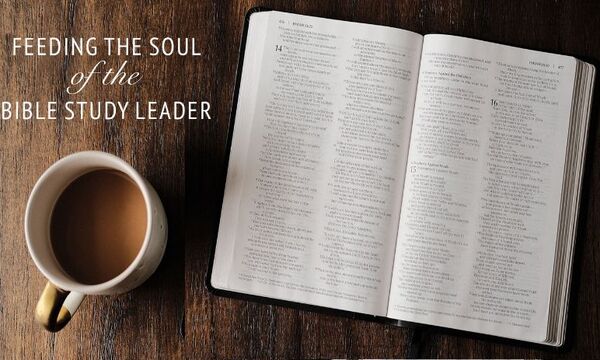 This morning, I began teaching Greek sentence diagramming to my students in Introduction to Exegesis. Some students love diagramming, but probably more dread it, at least at first. I picked some sentences to diagram from John 1, mainly because the students had just translated this passage a few weeks ago.
This morning, I began teaching Greek sentence diagramming to my students in Introduction to Exegesis. Some students love diagramming, but probably more dread it, at least at first. I picked some sentences to diagram from John 1, mainly because the students had just translated this passage a few weeks ago.
One sentence in particular, John 1:12-13, reveals that nerdy analytical approaches such as Greek diagramming can help understand passages of Scripture better. Here’s the diagram (with a translation below for non-Greek readers)
ὅσοι δὲ ἔλαβον αὐτόν,
ἔδωκεν αὐτοῖς ἐξουσίαν τέκνα θεοῦ γενέσθαι,
τοῖς πιστεύουσιν εἰς τὸ ὄνομα αὐτοῦ,
οἳ… ἐγεννήθησαν.
οὐκ ἐξ αἱμάτων
οὐδὲ ἐκ θελήματος σαρκὸς
οὐδὲ ἐκ θελήματος ἀνδρὸς
ἀλλʼ ἐκ θεοῦ
but to all who received him
he gave them authority to become children of God
to those who believe in his name
who… were born
not from blood
nor from the will of the flesh
nor from the will of the husband
but from God
In this kind of diagram, clauses are indented until they are under the word they are modifying. This can sometimes help see the flow of an argument, points of emphasis, or even elements of the literary style of a passage.
This diagram reveals some interesting things about this well-known verse. Although the prologue of John (the first eighteen verses) focuses intensely on the identity of Jesus, this sentence instead examines the identity of “the children of God” more closely. The diagram shows that three clauses modify “them,” drawing our attention to the children of God.
“but to all who receive him” John sets up a contrast with the previous sentence: “He came to his own, and his own did not receive him.” The children of God are those who welcome Jesus. The opening scenes in John show us several examples of people who welcome Jesus: John the Baptist, Andrew, Peter, Nathanael and others.
“to those who believe in his name” The second characteristic of God’s children is that they believe in Jesus. John develops this theme throughout his gospel, making it clear that children of God must have correct belief in who Jesus is and what he does.
“who… were born” John points out something that is obvious only once he has told us: in order to be children of God, we must be born from God. To underline this truth, John starts with three negative statements about this birth: not from blood, nor from the will of the flesh, nor from the will of the husband. The three are roughly synonymous, all referring to human birth. Human birth will not make us children of God. Instead, we must be born from God. John highlights this divine birth by keeping ἐγεννήθησαν (were born) next to ἐκ θεοῦ (from God), at the end of the sentence. (This word order does not work in English, so it is only visible in Greek). Ultimately, our status as children of God is the result of the Father’s action, not the result of human action.
The picture: John 1:12-20, Codex Sinaiticus, 4th century.
 Biola University
Biola University
.jpg)
.jpg)

